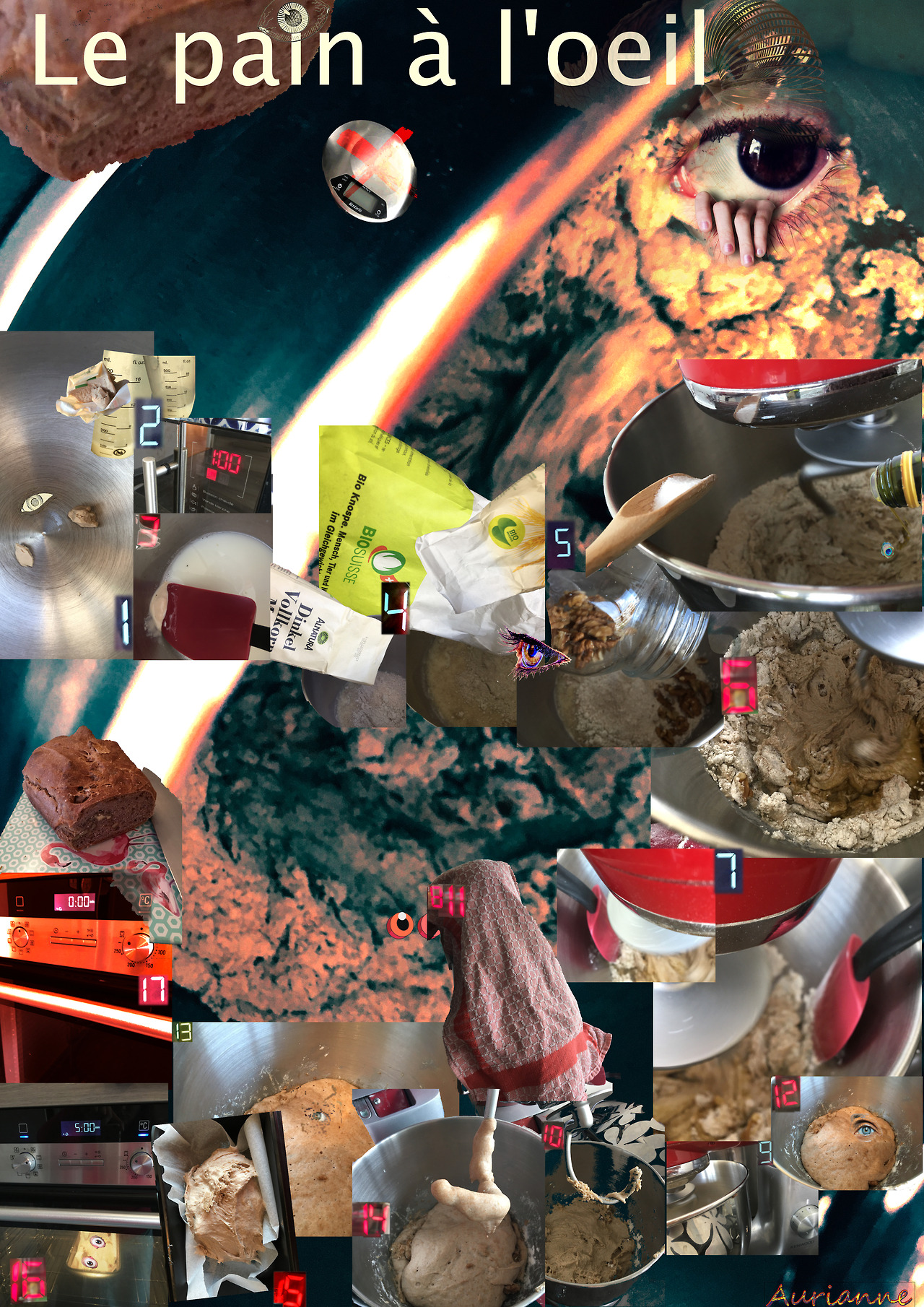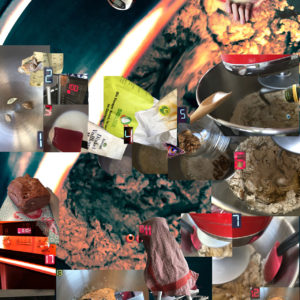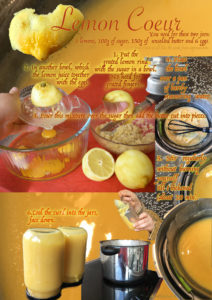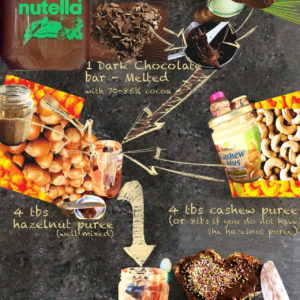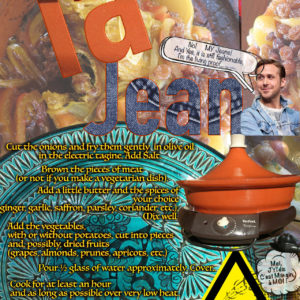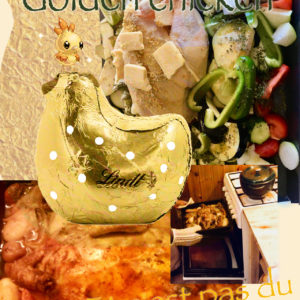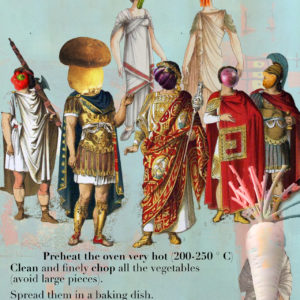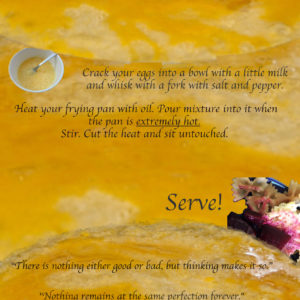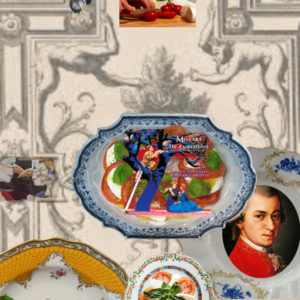Pain à l’oeil
“Pain à l’oeil” is a play on word with “pain à l’ail” which means garlic bread. “A l’oeil” means in French that you do not measure or weigh the ingredients but rather you look at the aspect of what you are cooking to know the quantities you need for each ingredient.
I tried many recipes and it took me a long time to succeed making my own bread. I started with bread machines and never managed to make a good bread … Of all these experiences and readings, I concluded four things:
– Our grandmothers were right, weighing all the ingredients is not the right method for a lambda cook. It’s good for starred chefs and bakers. Everything must be done to the eye because …
– Your bread recipe depends on a lot of factors: room temperature, salt’s and yeast’s composition, flour quality (prefer organic food or buy it directly in mills that are attentive the quality of their flour) and the quality of the water (if you live in a city that often changes the treatment of water, you will have to consider using mineral water). I do not have this problem and my tap water is perfect (there are websites that give you information about it.)
– I really do not know how to knead. I use a Kenwood robot space Kmix. I have a red one because it goes faster, like the Ferrari! (I’m joking).
– There is no good bread recipe. Everyone must create their own recipe. If you succeed your bread the first time, BRAVO!
Here I is mine. I hope it will be a good base for you. The numbers are pointing at each step with the corresponding image above.
1. Choose this amount of yeast, about 20 g. If your bread has the taste of yeast, put a little less the next time; if it does not rise, put a little more.
2. Put about 4oz of water and 4oz of milk and heat for 1 minute in a microwave or in a pan. Optional: add mixed flax seeds and/or sunflower seeds.
3. Leave the yeast in the mix and do a small household task (that is just an example, you can also look on Twitter but it’s risky because you may spend too much time there, which is not the case with a domestic task…) The yeast must have the same appearance as the one on the photo number.
4. The whiter the flour, the easiest it is to make bread but it is not as healthy for those who will eat it because it will release its sugar at once and their stomachs will not have those mid-morning or mid-afternoon hunger pangs.
Personally I use between 1/3 and ¼ of whole meal flour to which I add, following my nose for quantities, spelt flour and bran.
5. I add nuts, never the same amount of course. I mix a minute with the robot on 1. I then add about a tablespoon of olive oil and salt (which should not be in contact with the yeast). I mix between 2 and 5 minutes.
6. The dough must have the appearance of that on the photo if you want a dense bread. Otherwise, you can add milk if it is not sticky enough (the more the dough is sticky, the more the bread will have an aerated texture); flour and olive oil if it is too liquid.
7. When the robot is turned off, use a plastic spatula to put in the center the flour that has not mixed.
8. Remix if necessary.
9. Leave for one or two hours under a cloth.
10. The dough must have lifted as shown on the picture.
11. Remix, setting the robot to 1.
12. Leave to rest by putting a cloth on the bowl one or two hours more.
13. The dough should have lifted as shown in the picture.
14. Remix
15. Put the sticky dough in a cake pan covered with baking paper.
16. Leave to rest while preheating the oven to its maximum heat (280-300°C in my case) and cook for five minutes.
17. Turn off the oven, leaving the bread inside. When the oven is cold, you can take out the bread and treat yourself.
Do not have eyes bigger than the stomach.
For more information, please visit:
http://www.marmiton.org/recettes/recettes-incontournables-detail_pain_r_65.aspx
The miller’s tale: poverty, obesity and the 45p loaf | Society | The Guardian: https://www.theguardian.com/society/2018/jun/03/obesity-food-poverty-cheap-bread

